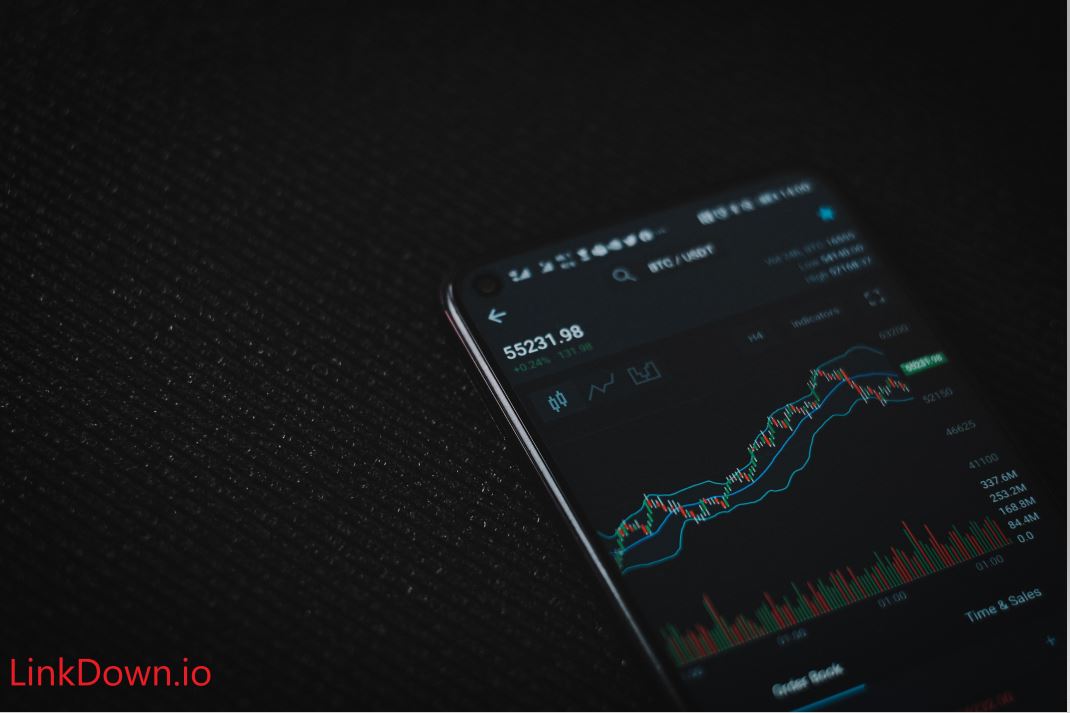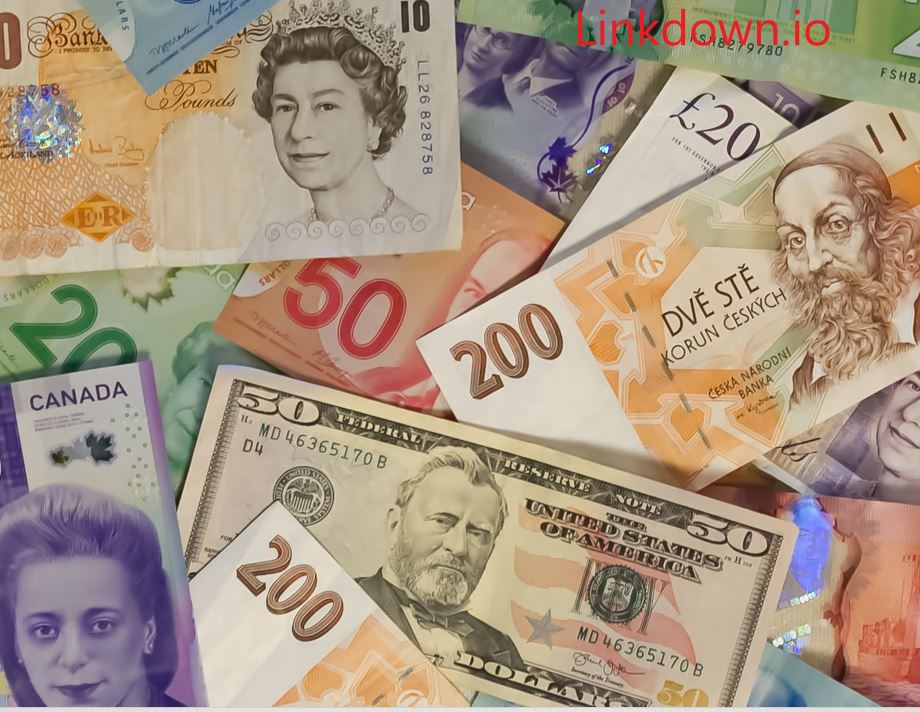Forex trading, also known as foreign exchange trading or currency trading, is the process of buying and selling currencies with the aim of making a profit. It is a decentralized market where participants, such as banks, financial institutions, corporations, and individual traders, exchange one currency for another.
Here are some key points to understand about forex trading:
Market participants:
The forex market is the largest and most liquid financial market in the world. It operates 24 hours a day, five days a week, across different time zones. Participants include banks, central banks, hedge funds, corporations, retail traders, and speculators.
Currency pairs:
Forex trading involves the simultaneous buying of one currency and selling of another. Currencies are always traded in pairs, such as EUR/USD (Euro/US Dollar), GBP/JPY (British Pound/Japanese Yen), or AUD/CAD (Australian Dollar/Canadian Dollar).
Bid and ask prices:
In each currency pair, there are two prices quoted: the bid price and the ask price. The bid price is the price at which you can sell the base currency, while the ask price is the price at which you can buy the base currency. The difference between the bid and ask price is called the spread.
Leverage and margin:
Forex trading often involves the use of leverage, which allows traders to control larger positions with a smaller amount of capital. Leverage amplifies both profits and losses. Margin is the amount of money required to open and maintain a leveraged position. It acts as a deposit or collateral for the trade.
Factors influencing currency prices:
Currency prices fluctuate due to various factors, including economic indicators (such as GDP, inflation, and employment data), geopolitical events, central bank policies, interest rates, and market sentiment.
Trading strategies:
Traders use various strategies and techniques to analyze the market and make trading decisions. Common approaches include technical analysis (using charts, indicators, and patterns), fundamental analysis (evaluating economic and political factors), and sentiment analysis (assessing market psychology).
Risks and rewards:
Forex trading involves risks, and it’s important to understand and manage them. The market can be volatile, and currency prices can change rapidly. Traders can make profits by correctly predicting currency movements, but they can also incur losses. Risk management techniques, such as setting stop-loss orders and proper position sizing, are crucial in forex trading.
Platforms and brokers:
Forex trading is primarily conducted through online trading platforms provided by brokers. These platforms offer access to real-time market prices, charting tools, order placement, and other features. When choosing a broker, consider factors such as regulatory compliance, reputation, trading costs, available currency pairs, and customer support.
Education and practice:
Forex trading requires knowledge and skill development. It’s advisable to educate yourself about the basics of forex trading, technical and fundamental analysis, risk management, and trading psychology. Demo accounts provided by brokers allow you to practice trading with virtual funds before risking real money.
Regulatory environment:
Forex trading is subject to regulations in different countries. Regulatory bodies aim to protect investors and maintain market integrity. Familiarize yourself with the regulations applicable to your jurisdiction and choose a regulated broker to ensure the security of your funds.
Remember that forex trading involves a degree of risk, and it’s essential to have a solid understanding of the market, develop a trading plan, and practice risk management. It’s recommended to seek guidance from experienced traders or financial professionals before getting involved in forex trading.
Forex Trading Principle
Forex trading works by participants buying and selling currencies in the foreign exchange market. Here’s a step-by-step breakdown of how forex trading typically operates:
Currency pairs:
Forex trading involves trading currency pairs. Each pair consists of a base currency and a quote currency. For example, in the EUR/USD pair, the euro (EUR) is the base currency, and the U.S. dollar (USD) is the quote currency. The value of the currency pair represents the exchange rate between the two currencies.
Market participants:
Forex trading involves a wide range of participants, including banks, financial institutions, corporations, retail traders, and speculators. These participants trade currencies for various reasons, such as hedging against currency risk, facilitating international business transactions, or speculating on currency price movements to make a profit.
Market access:
Forex trading is primarily conducted through online trading platforms provided by brokers. Traders open trading accounts with a broker, deposit funds into their account, and gain access to the forex market. The trading platforms offer real-time price quotes, charting tools, order placement functionality, and other features to facilitate trading.
Bid and ask prices:
Each currency pair has two prices quoted: the bid price and the ask price. The bid price represents the price at which market participants are willing to buy the base currency, while the ask price represents the price at which they are willing to sell the base currency. The difference between the bid and ask price is called the spread.
Going long and going short
In forex trading, traders have the flexibility to take both long and short positions. Long Term means buying the base currency and selling the quote currency, with the expectation that the base currency will appreciate in value. Going short involves selling the base currency and buying the quote currency, anticipating that the base currency will depreciate in value. Profits or losses are realized based on the direction of the currency pair’s price movement.
Leverage and margin
Forex trading often involves the use of leverage, which allows traders to control larger positions in the market with a smaller amount of capital. Leverage amplifies both profits and losses. To open a leveraged position, traders must maintain a certain amount of funds in their trading account, known as margin. Margin acts as collateral for the trade.
Analysis and trading strategies
Traders use various strategies and techniques to analyze the forex market and make trading decisions. This may involve technical analysis, which utilizes charts, indicators, and patterns to identify potential price movements, or fundamental analysis, which evaluates economic indicators, news events, and other factors that may impact currency prices. Traders may also consider sentiment analysis, which assesses market psychology and investor sentiment.
Order types
Forex trading platforms offer different types of orders to execute trades. Market orders are executed instantly at the prevailing market price. Limit orders allow traders to set a specific price at which they want to enter or exit a position. Stop orders are used to limit losses by automatically closing a position if the market moves against the trader.
Risk management
Risk management is a crucial aspect of forex trading. Traders employ various techniques to manage risks, such as setting stop-loss orders to limit potential losses, using take-profit orders to secure profits, and employing proper position sizing to control the amount of capital at risk. Risk management helps traders protect their trading capital and minimize potential losses.
Continuous market operation: The forex market operates 24 hours a day, five days a week, across different time zones. It allows traders to trade currencies at any time, except during weekends when the market is generally closed. The continuous operation of the market provides ample opportunities for traders to participate in trading activities.
It’s important to note that forex trading involves risks, and success requires knowledge, skill development, and disciplined trading practices. Traders should be aware of the potential for substantial losses and consider seeking guidance from experienced traders or financial professionals.


